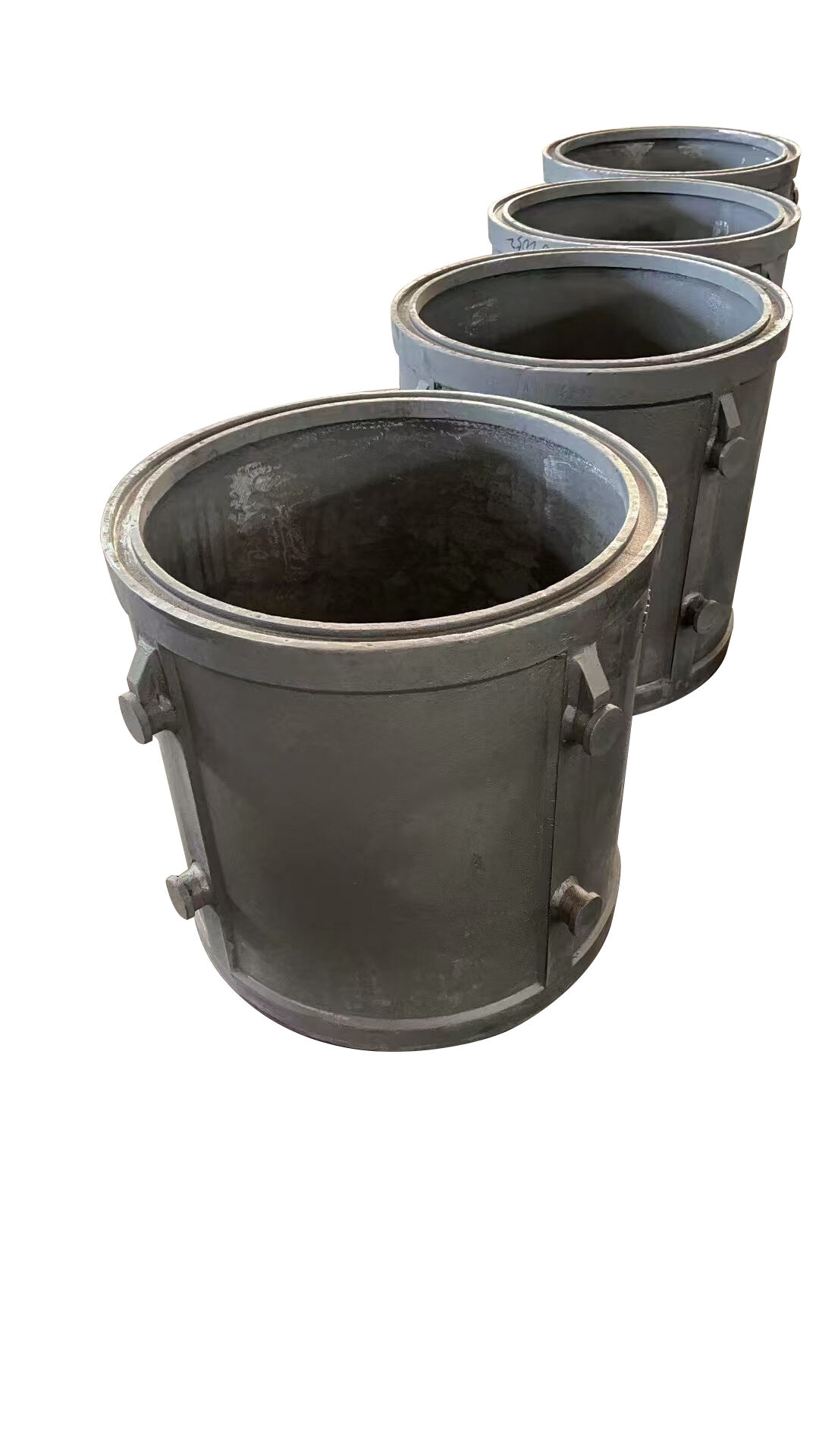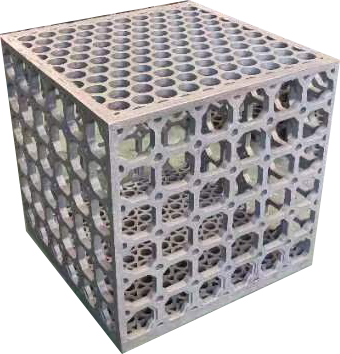quenching heat treatment
Quenching heat treatment is a crucial metallurgical process that involves the rapid cooling of metal from a high temperature to enhance its mechanical properties. This sophisticated process begins by heating the material to its austenization temperature, typically between 815-870°C, followed by rapid cooling using various quenching media such as water, oil, or polymer solutions. The primary objective is to transform the austenite phase into martensite, resulting in increased hardness and strength. The process requires precise control of several variables, including heating temperature, holding time, and cooling rate, all of which significantly influence the final material properties. Modern quenching techniques incorporate advanced temperature monitoring systems and automated controls to ensure consistent results across large production volumes. This treatment is particularly valuable in manufacturing critical components for automotive, aerospace, and industrial applications where high strength, wear resistance, and durability are essential. The process can be customized to achieve specific material properties by adjusting parameters such as quench severity, agitation, and medium temperature. Industries rely on quenching heat treatment to produce high-performance parts like gears, shafts, tools, and structural components that require superior mechanical properties and reliable performance under demanding conditions.

